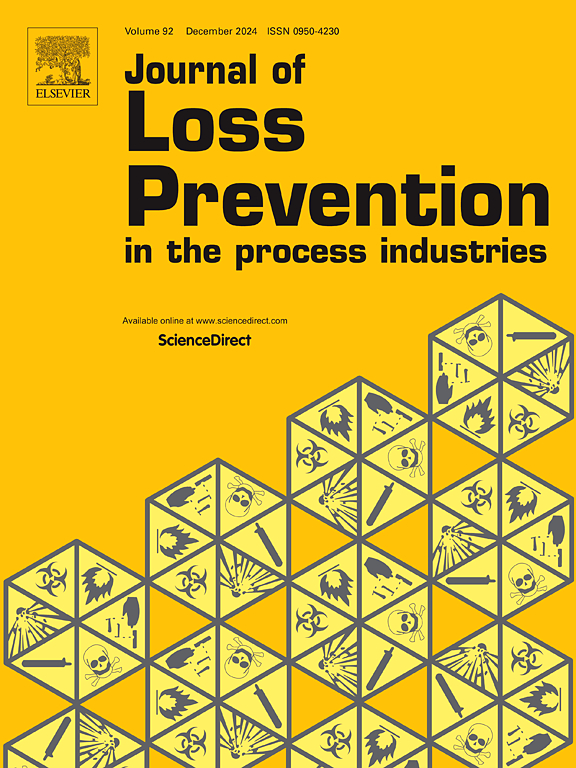Nonwovens used for the production of respiratory protective equipment and its ecotoxicological impact on specific soil samples
IF 3.6
3区 工程技术
Q2 ENGINEERING, CHEMICAL
Journal of Loss Prevention in The Process Industries
Pub Date : 2025-02-20
DOI:10.1016/j.jlp.2025.105603
引用次数: 0
Abstract
At the time of COVID-19, the production and consumption of respiratory protection products, as well as the amount of waste generated from these products, was huge. A part of this amount got into the free landscape. This study addresses the toxicity of two materials that have been used to manufacture respiratory protection products, these are mainly laminated and non-laminated nonwovens. Three bearing experiments were carried out. (1) Ecotoxicity testing the inhibition test on Lactuca sativa seeds, (2) Earthworm, Acute Toxicity Tests, and (3) Avoidance test with earthworms Eisenia andrei. All experiments are a part of a broader framework of environmental toxicity assessments, particularly focused on soil health. These tests, though different in their specific procedures, share common goals of evaluating the effects of chemicals or contaminated environments on organisms and ecosystem functioning. Although acute toxicity has not been confirmed, avoidance behaviour of the earthworms was evident and nonwoven material mechanically adhered to their tissue. Moreover, the lack of demonstration of acute toxicity does not mean that nonwoven micro(nano)plastics cannot accumulate in the organisms and cause negative long-term effects.

用于生产呼吸防护设备的非织造布及其对特定土壤样品的生态毒理学影响
在新冠肺炎疫情期间,呼吸防护产品的生产和消费以及这些产品产生的废物数量巨大。其中一部分进入了自由景观。本研究探讨了用于制造呼吸防护产品的两种材料的毒性,主要是层压和非层压非织造布。进行了三次轴承试验。(1)生态毒性试验:对蚕豆种子的抑制试验;(2)对蚯蚓的急性毒性试验;(3)对蚯蚓的避害试验。所有实验都是一个更广泛的环境毒性评估框架的一部分,特别侧重于土壤健康。这些测试虽然在具体程序上有所不同,但在评估化学品或受污染的环境对生物体和生态系统功能的影响方面有着共同的目标。虽然急性毒性尚未得到证实,但蚯蚓的回避行为是明显的,非织造材料机械地粘附在它们的组织上。此外,缺乏急性毒性的证据并不意味着非织造微(纳米)塑料不会在生物体中积累并造成负面的长期影响。
本文章由计算机程序翻译,如有差异,请以英文原文为准。
求助全文
约1分钟内获得全文
求助全文
来源期刊
CiteScore
7.20
自引率
14.30%
发文量
226
审稿时长
52 days
期刊介绍:
The broad scope of the journal is process safety. Process safety is defined as the prevention and mitigation of process-related injuries and damage arising from process incidents involving fire, explosion and toxic release. Such undesired events occur in the process industries during the use, storage, manufacture, handling, and transportation of highly hazardous chemicals.

 求助内容:
求助内容: 应助结果提醒方式:
应助结果提醒方式:


